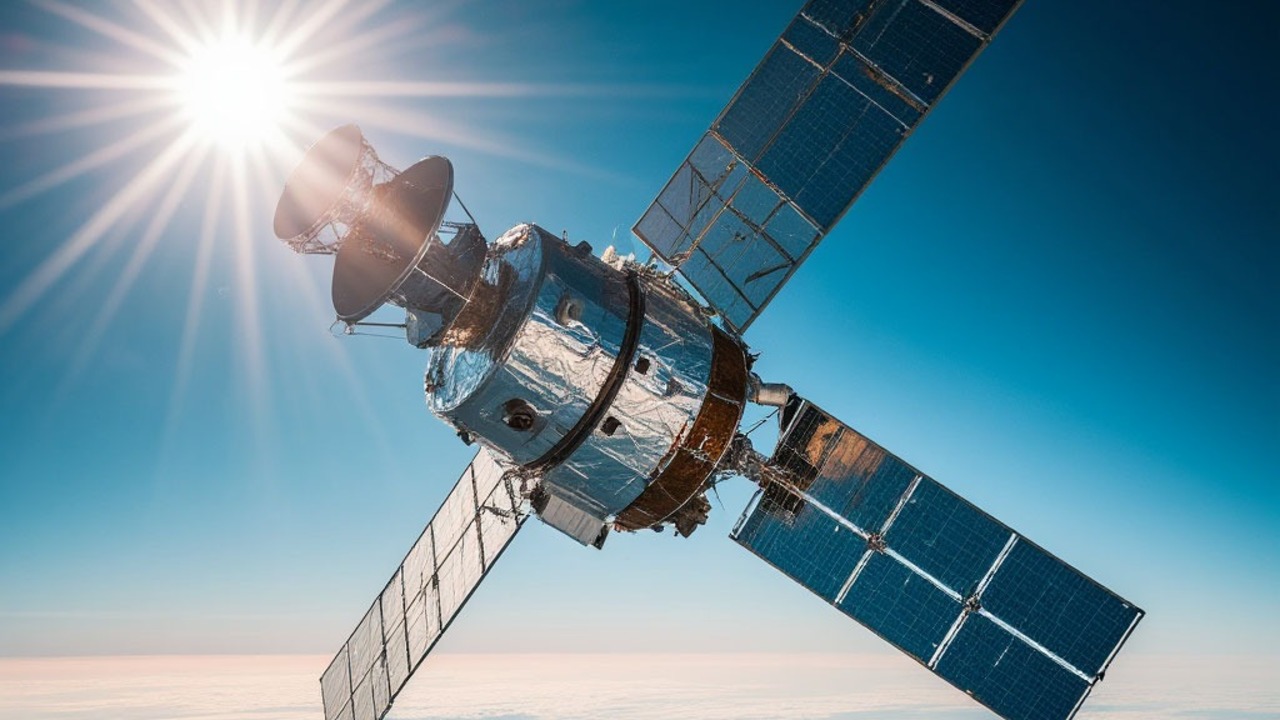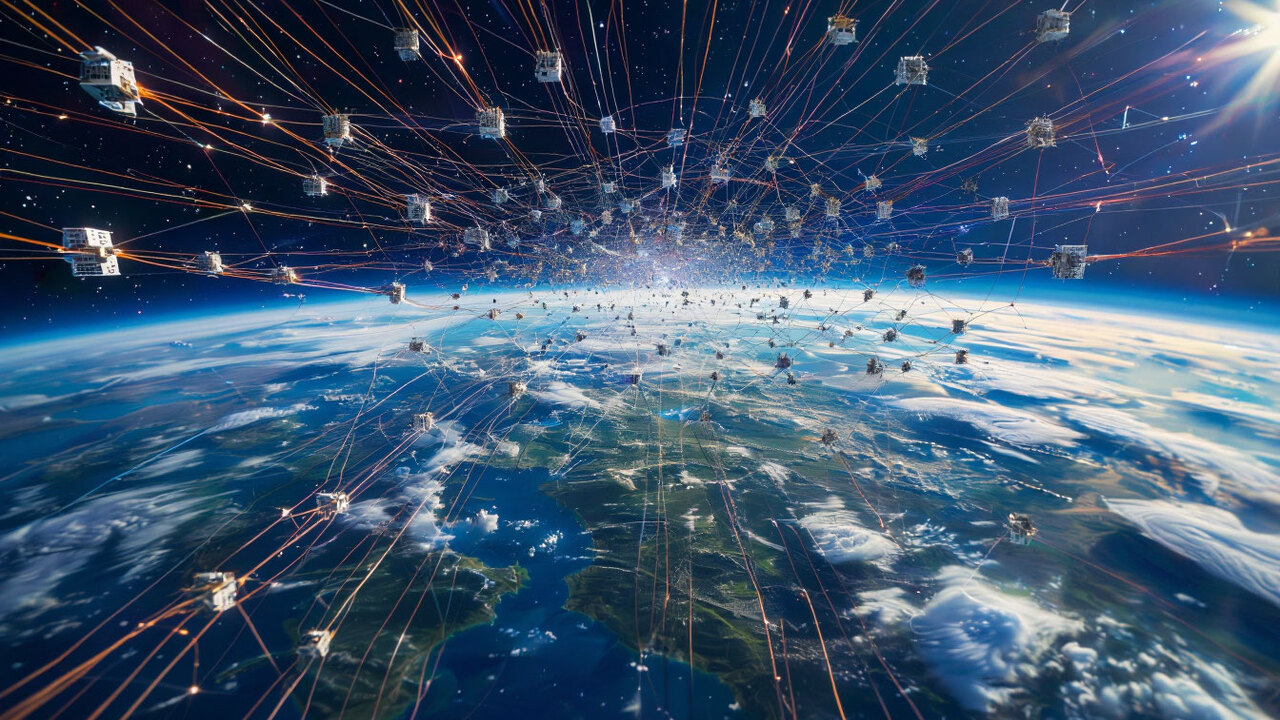The astronomical events of May each year bring us eta-aquarids, the stellar rain, which peaks in the first days of the month. However, at the end of May of this year, we may have another much more special meteor shower: herculid tau. Unlike eta aquarids, this irregular phenomenonwhich is not normally visible, but when present it can become what is known as meteor storm. Thousands of stars can tear the sky apart in a very short amount of time, creating a unique spectacle.
All meteor showers come from fragments of a comet or asteroidwhich meets the Earth during its travel around the sun. When the fragmentation of said object occurred a long time ago, the earth’s gravity distributed this fragment in such a way that more or less homogeneous. However, if the event happened recently, the pieces of rock are in highly concentrated patches. Therefore, it may take several years until our planet collides with one of them. Usually you can’t see anything, but when you get to the site, there will be countless meteors, which are debris that burn up as they pass through the atmosphere.
It is impossible to know exactly when these meteor storms will occur. However, some predictions can be made. The last major meteor storm occurred in 2001-2002.with Leonid. Herculid tau is believed to occur night from 30 to 31 May, at 01:00 EST. That is, at 07:00 Spanish Peninsular Time and 00:00 Mexico City.
It is expected to be best seen in the Americas, mainly because it will be night there at the time it is expected to peak. Although the Leonid period lasted several hours, it is believed that it could only last 15 minutes. This would limit rain to only very specific places on the planet. But it’s not safe. Astronomers themselves admit that the calculations may fail and Europe may be the best place to see it. If it’s visible.
Tau herculidas, much more than star rain
The comet that could have caused this meteor storm at the end of May is 73P/Schwassmann-Wachmann. It was discovered in 1930 by the two astronomers who gave it its name, but was not discovered again until 1970. in 1995 It was seen again after fragmentation, leaving behind a lot of debris.
go around the sun every 5.4 Earth years. It is logical that the Earth gives more every year. They will be found every year, but they will not always coincide in those dense patches of debris that have not completely dissipated since 1995.
The comet that caused this stellar vortex orbits the Sun every 5.4 years.
Its fragments fly at a speed very low speed and this has its pros and cons. First, the larger ones will be much easier to see. On the other hand, the smallest ones may not be bright enough to be observed. However, it is not excluded that meteor storm, thousands of them fly across the sky in a short time. As for the light, it will coincide with the new moon, so there will be enough darkness to enjoy the spectacle.
Other meteor storms
The star shower that left behind the most famous meteor storms are the Leonids. It occurs in the month of November and, unlike the Herculid tau, is always seen. However, it drops large swarms of meteors about every 33 years when the comet Tempel – Tuttle It’s at perihelion.
In 1799, naturalists Alexander von Humboldt and Amadeo Bonpland observed a strong stellar storm during an expedition.
In 1799 naturalists Alexander von Humboldt and Amadeus Bonpland they were on an expedition in Venezuela, when suddenly the sky was dotted with bright teardrop-shaped stars. The two scientists later claimed that in four hours they saw thousands and thousands racing cars and shooting stars tearing up the sky. But it wasn’t just there. There were also reports of Eskimos from the Labrador Peninsula and Greenland who claimed to have seen something similar. Over time, many people have added their reviews.
In 1833 there was another meteor storm, also very strong, which was recorded in an amazing engraving made by Alexander Wollmi. Then, in 1866, another important event took place, during which some 6000 meteors per hour. Shortly before this, in 1864, an American astronomer examined historical records for such accounts and found that since 902 approximately about every 33.5 years. Sometimes a little more, sometimes a little less.
By this time, astronomers already had a deeper understanding of these bright meteor showers. Indeed, after the events of 1866, it was noticed that the mass of rubble was deflected by perturbations from Saturn, Jupiter and Uranus, so those expected for 1899 or 1900 will be negligible. So it was.
Now everything points to what we could great show with Herculean tau. But only time will tell whether it will actually become a meteor storm and, above all, whether it will match the forecasts. If it finally arrives, not the whole planet will be able to enjoy this brutal meteor shower live, but there will certainly be plenty of photos to remember. Perhaps as striking as the engraving by Alexander Wollmi.
Source: Hiper Textual














